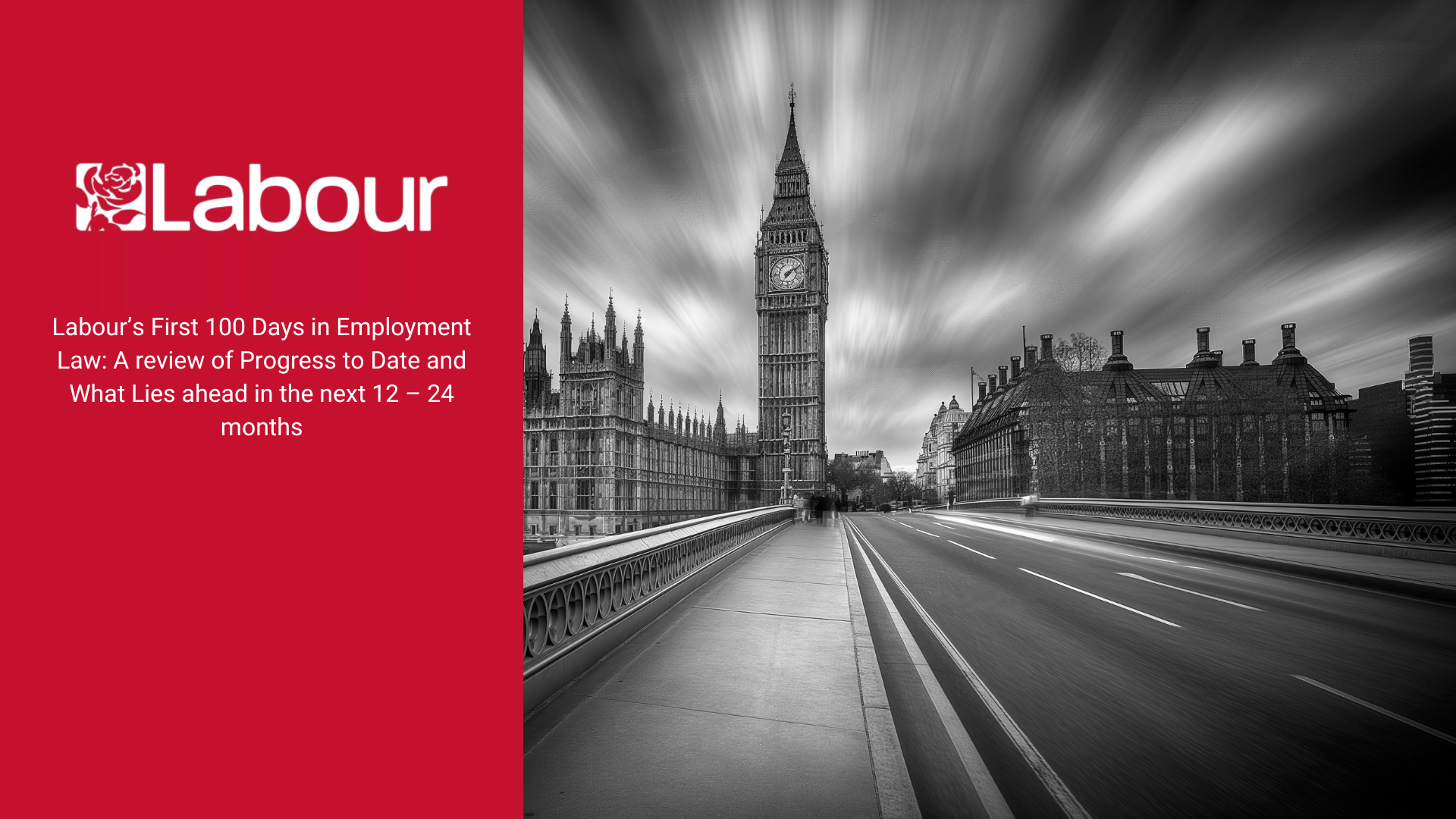What are the signs of discrimination?
Under the Equality Act 2010, it is unlawful to discriminate against anyone on the grounds of a ‘protected characteristic’. These include:
- age
- disability
- gender reassignment
- marriage and civil partnership
- pregnancy and maternity
- race
- religion or belief
- sex
- sexual orientation.
Workplace discrimination can be direct (e.g. receiving unfavourable treatment specifically because of a protected characteristic) or indirect (e.g. being put a disadvantage under a specific policy because they hold a protected characteristic). It can also be present in the forms of harassment or victimisation.
Recognising signs of discrimination in the workplace
Discrimination can sometimes be subtle, making it difficult to detect. It is important that employers and employees are vigilant for signs of discrimination in both workplace behaviour and practices.
Examples of workplace discrimination in action
Inappropriate interview questions
If an interviewer has a preference towards a perceived ‘workplace culture’, they may choose to select candidates who they feel best ‘fit in’ with this ideal. This can be a problem if their ideal is based around excluding people with a particular protected characteristic.
Examples of potentially discriminatory questions include:
- Do you have any plans to start a family?
- Most of our employees are young. Do you think you can manage the long hours they put in?
- Which country do you come from?
Inappropriate language and banter
Abusive jokes or derogatory remarks that target a person’s gender, race, or other protected characteristic can be degrading, humiliating, and damaging to the recipient’s dignity, or even that of someone who happens to witness the behaviour.
Discrimination of this kind doesn’t necessarily have to use explicit language or aggressive posturing. It can also take more subtle forms. For example, use of terms such as ‘us’ and ‘them’, as well as making generalisations about certain groups of people.
Lack of diversity
If homogeneity is prevalent and clearly visible at some or all levels of an organisation, it’s worth questioning what measures the employer could put in place to achieve more diversity.
For a range of reasons, some workplace environments and industries may more easily attain workplace diversity than others. However, if an employer doesn’t appear to acknowledge or be willing to take any steps to address a lack of diversity, these could be underlying signs of discrimination at some levels of the business’ operations (e.g. recruitment).
Over criticism and monitoring
Employers should be mindful of individuals or groups of workers being subjected to more monitoring or criticism than others, without a justifiable reason.
For example, if an employee feels that their efforts are never acknowledged or not quite good enough compared to other team members, it may be worth investigating whether this is a consequence of their line manager’s biases or prejudices.
This type of discrimination may also manifest in the removal of responsibilities, increasing responsibilities as a form of ‘punishment’, or giving an employee an impossible task to complete or deadline to meet.
Overlooked for promotion and favouritism
Opportunities for promotion, and training towards promotion, should be based on fair criteria. Discrimination may be a factor when certain employees are consistently overlooked, particularly if younger or less experienced colleagues continue to be promoted and supported.
Examples of this type of discrimination include:
- A woman being overlooked for promotion because she was on maternity leave
- Someone being denied training because they don’t ‘fit in’ or are not ‘popular’ in the office
- A manager offering opportunities to friends, ahead of qualified colleagues
Unjustified dismissal
This may take the form of an arbitrary dismissal, which seems suspicious or ‘political’ in some way. For example, an employee may suddenly and unexpectedly be dismissed after having recently supported a colleague who made a complaint against their employer.
Unequal pay
If an employee is not receiving pay equal to that of someone of the opposite sex, but has the same level of skill and experience, and is carrying out ‘equal work’ (i.e. the same, similar, equivalent to or of equal value) this may be considered discriminatory.
Dealing with discrimination
The law protects against discrimination at all stages and aspects of work, including:
- recruitment
- pay and benefits
- employment terms and conditions
- training
- promotion and transfer opportunities
- dismissal
- redundancy
If you are an employee who is concerned about discrimination at work, you should speak to your line manager or union representative. Alternatively, you could seek legal advice so that you have a clearer understanding of where you stand.
As an employer, it’s essential to address any concerns or signs of discrimination as quickly as possible. This may be as simple as revisiting and revising your company handbooks and polices, or addressing your recruitment practices. In addition, you may need to provide further training and education to bring about a change in culture and understanding.
At Springhouse Solicitors, our team of experienced employment law specialists are able to provide the advice and guidance employees need if they feel they have been the victim of workplace discrimination, and for employers who want to limit the disruption and damage discriminatory practices can have on their business.
For an initial conversation about how we can help, get in touch today.











